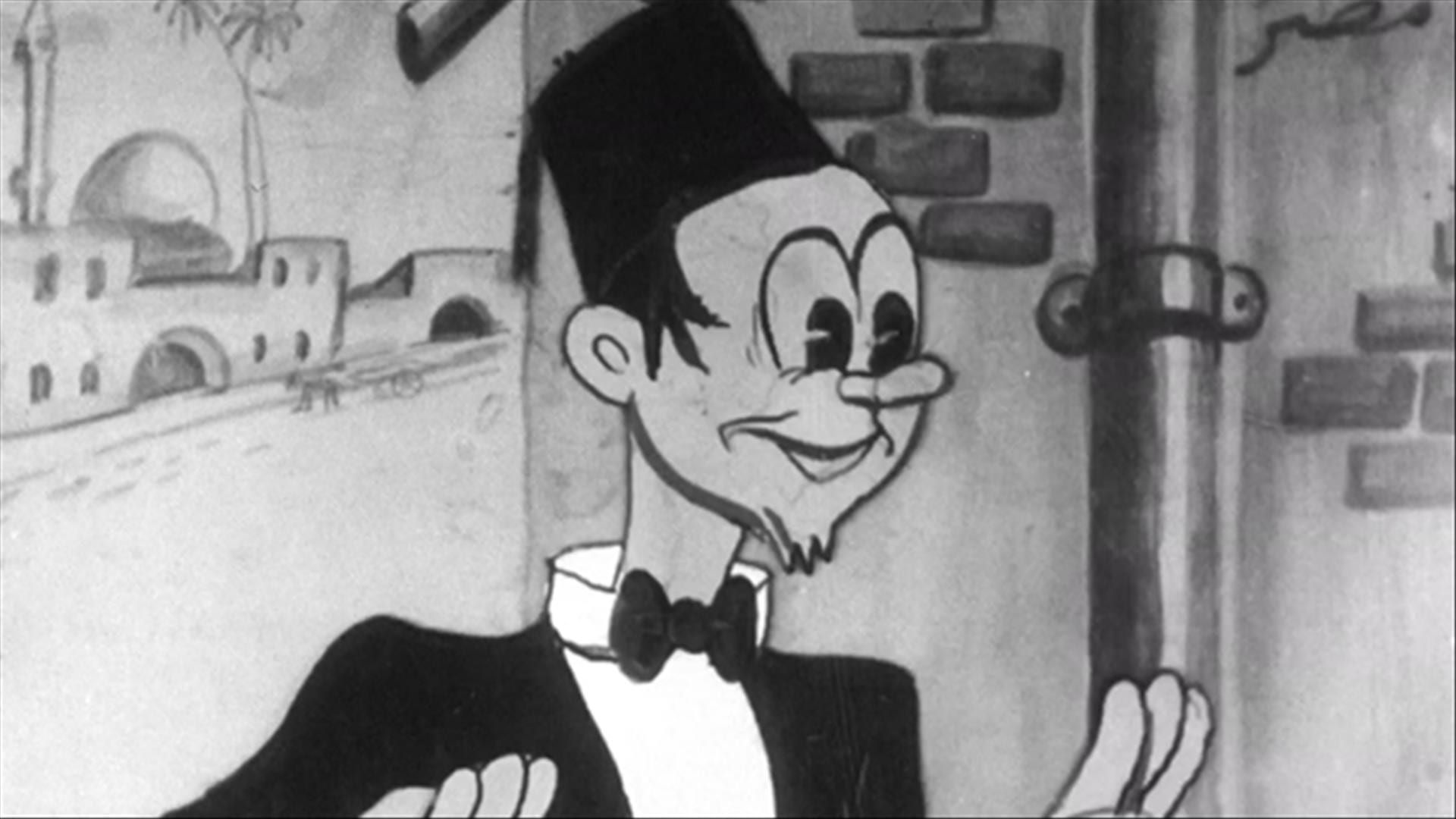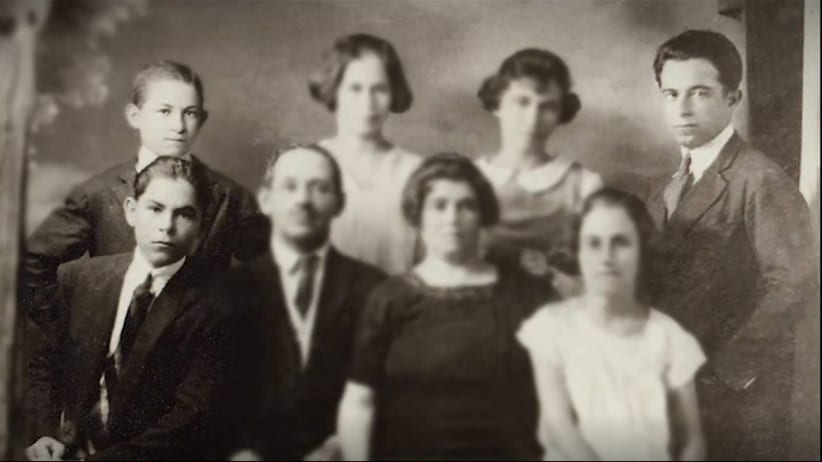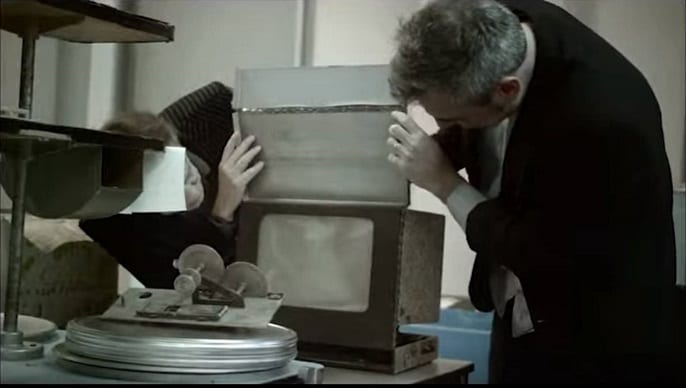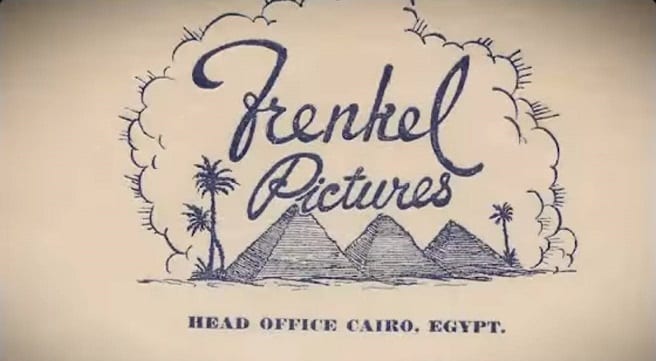It almost seems unreal today, but it was a weekly ritual in Israel, from 1968 up until the mid-1990s, long before cables, Netflix or even just multichannel television. Each Friday afternoon, for almost three decades, everyone gathered around the tribal fire of the “Arab film”, an inclusive folk Israeli term referring to films that mostly came from Egypt to the young, mono-channel State of Israel. Heartbreaking dramas, tragic romances, tearful breakups and occasional wild comedies within the conservative genre rules – all were basic ingredients in Israeli culture, causing thousands of workers to sacrifice their Friday afternoon nap in order to enjoy a weakly piece of culture from the neighbors (as well as enemies) surrounding them.
Ever since then, the eyes of Israelis are lit with nostalgic affection whenever Egyptian filmmaking or television is discussed. But only a few know about the historical debt of the prosperous film industry in Egypt to one Jewish family who came to Egypt in 1914, and turned Arab cinema upside down.

The story of the Frenkel family starts like many a tale of travels and immigration, so typical to Jews everywhere for most of the 20th century. Within just 50 years this creative family passed through five stations: Rechytsa in Russia, Jaffa, Alexandria, Cairo, and Paris.
In 1905, Bezalel and Genza Frenkel left the Russian empire following the anti-Jewish riots there. They came to Eretz Israel and settled in Jaffa, where they opened a printing house. When the First World War broke, the Ottoman authorities were suspicious of former residents of the Russian empire, therefore they accused them of being enemy’s agents. With the help of American Jewry, the Frenkels, along with some 10,000 Jews sailed from Jaffa to Alexandria.
Bezalel, who was a photographer back in Russia, passed on the passion for filming and cinema to his children and they used to film themselves whenever they had a chance. The turning point in the family’s story took place in the late 1920s, when Walt Disney’s “Mickey Mouse” was released. According to the family tradition, they decided to introduce animation into the Arab world after watching the iconic Mickey. In order for this dream to come true, they had to travel again, this time to Cairo, the center of the film industry and home of the large theaters.

Bezalel and Genza had three sons: David, an escapist, genius painter; Hershl, a down to earth businessman; and Shlomo, who had technical skills and the phenomenal capacity to make a camera out of almost anything.
“Those three were obsessive, perfectionist filmmakers”, nephew Isaac Rosenblum recalls, in the documentary “Bukhra Fil Mish-Mish” by director Tal Michael, about the brothers’ story. “First they learned by themselves the art of animation and cinema, then for eight months they labored to produce the first animation film in the Arab world ever. David drew thousands of pictures, and Shlomo invented a device that enabled them to screen films to viewers without a special hall, it was something of a premature television set, made of a box, celluloid film, and a lantern to reflect the shots on a small screen. It also included a portable speaker that played the sound.”
When they introduced their film to one famous Egyptian producer, his reaction was “Bukhra fill Mish Mish”, an idiom which stands for “when hell freezes over” (literally “tomorrow at apricot season”). As giving up was not in their vocabulary, they carried on. As a homage to the producer who rejected them, they named the film “Mafich Faida” – no use, and went further on mocking that poor skeptical guy by naming their animated hero “Mish Mish Effendi”, an Egyptian version of Mickey Mouse, an eccentric, lanky fellow with a tarboosh, who always gets into awkward situations, then gets away due to lots of funny gestures and loads of grace and humor.

The film is 8.5 minutes long, it was released in 1936 to theaters in Cairo and Alexandria, and went on playing for four consecutive weeks. People filled the halls and the film won everyone’s admiration everywhere. Soon the family, who lived and worked in a tiny apartment in Cairo, was swarmed with job offers. Their place was filled with film rolls, tape recorders, cameras and the like. “Their studio was in their house, where they used to paint, color, shoot and develop the film”, Rosenblum described, “there wasn’t a single spot in that apartment that was not stuffed with filmmaking equipment”.
Mish Mish Effendi became a national star. Egyptian companies hired them to produce commercials with his character, the government used him for propaganda, the ministry of agriculture purchased a tutorial film in which Mish Mish teaches how to cope with cotton crops parasites. Just before World War II, the ministry of defense asked for a film calling the Egyptians to strengthen the army. The Frenkel brothers were even awarded a national medal.
It seemed as though all their dreams were coming true, and that nothing was going to hold back their thriving career – when the establishment of the State of Israel was declared, and rocked their boat, marking the end of all their hopes and dreams. The streets of Cairo were unrest, violent anti-Jewish riots occurred, shops and businesses owned by Jews were nationalized, Jews were laid off from all official posts, from banks and educational institutes. It is estimated that in 1948 there were some 80,000 Jews living in Egypt. Most of them, like the Frenkel family, were forced to immigrate, leaving everything behind.

The brothers sailed to France, from where they planned to come to Israel, however one Jewish agency man in the Marseille port had other plans. He refused to let them load their cases packed with films, materials, and machinery aboard. Unwilling to leave their life work, they stayed in Paris and settled there. They tried to restart their successful film making there but to no avail. Eventually, they turned to other fields. Didier Frenkel, Shlomo’s son, reported that when one of the uncles died, his father asked him to get rid of all the equipment and original materials, kept in the family’s basement in Paris, however, he could not bring himself to consent. Years later, when he realized he was in fact in the hold of rare old animation films, he handed them over to the French national films archive for preservation, and the Frenkel treasure and life work were thus saved.
This week marks a historical watershed in the history of Arab cinema. On February 8, 1936, 84 years ago, at the Cosmograph hall in Cairo, the first animation film on African soil ever was screened, by the Frenkel brothers. It is time that we honor them.

(Translated from Hebrew by Danna Paz Prins)